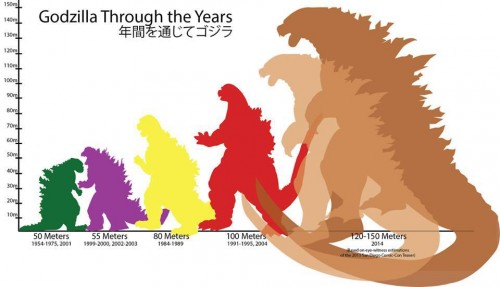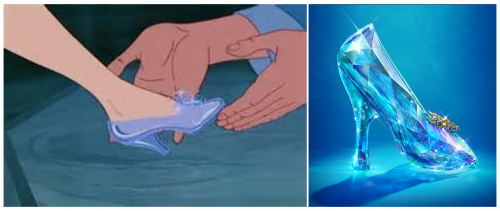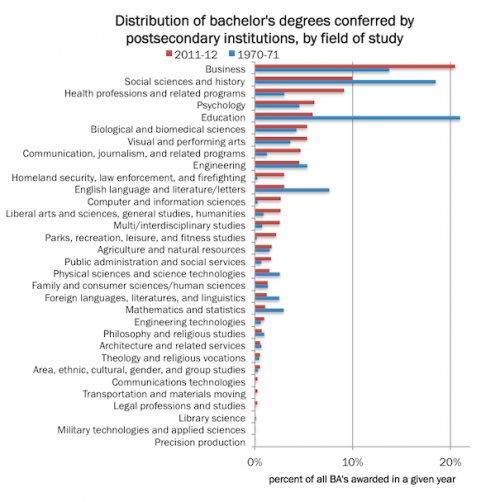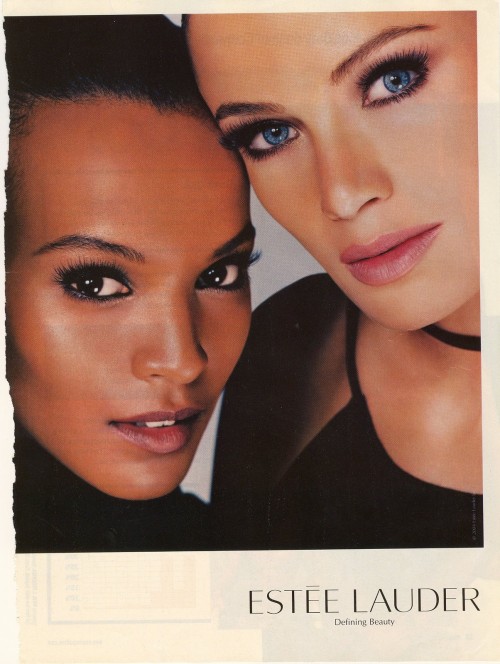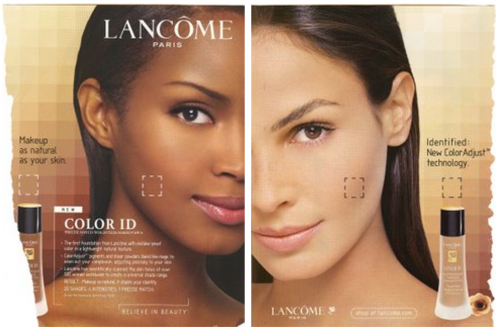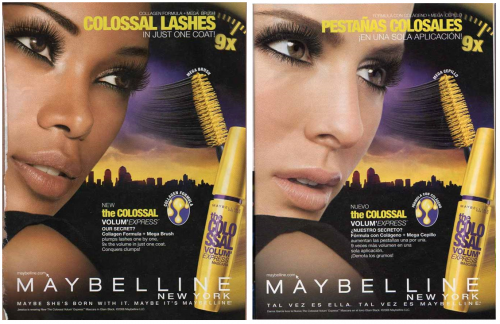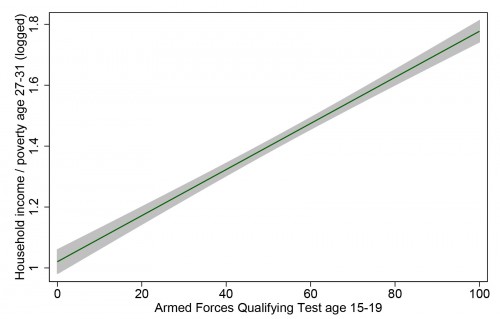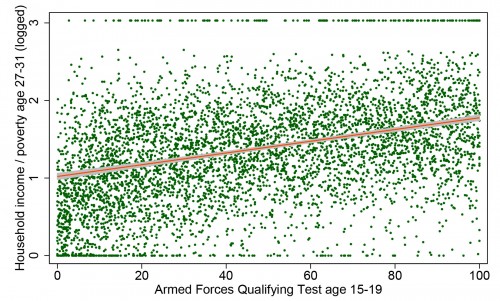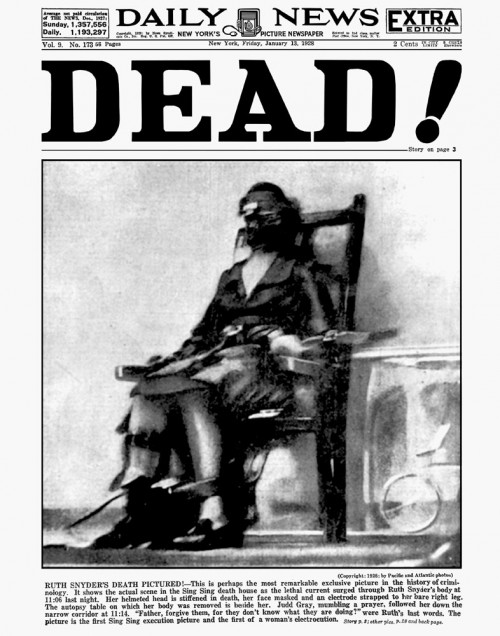Last week the internet chuckled at the visual below. It shows that, since Godzilla made his first movie appearance in 1954, he has tripled in size.
Kris Holt, at PolicyMic, suggests that his enlargement is in response to growing skylines. She writes:
As time has passed, buildings have grown ever taller too. If Godzilla had stayed the same height throughout its entire existence, it would be much less imposing on a modern cityscape.
This seems plausible. Buildings have gotten taller and so, to preserve the original feel, Godzilla would have to grow too.
But rising buildings can’t be the only explanation. According to this graphic, the tallest building at the time of Gozilla’s debut was the Empire State Building, rising to 381 meters. The tallest building in the world today is (still) the Burj Khalifa. At 828 meters, it’s more than twice as tall as the Empire State Building, but it’s far from three times as tall, or 1,143 meters.
Is there an alternate explanation? Here’s one hypothesis.
In 1971, the average American was exposed to about 500 advertisements per day. Today, because of the internet, they are exposed to over 5,000. Every. Day.
Media critic Sut Jhally argues that the flood of advertising has forced marketers to shift strategies. Specifically, he says
So overwhelming has the commercial takeover of culture become, that it has now become a problem for advertisers who now worry about clutter and noise. That is, how do you make your ads stand out from the commercial impressions that people are exposed to.
One strategy has been to ratchet up shock value. “You need to get eyeballs. You need to be loud,” said Kevin Kay, Spike’s programming chief.
So, to increase shock value, everything is being made more extreme. Compared to the early ’90s, before the internet was a fixture in most homes and businesses, advertising — and I’m guessing media in general — has gotten more extreme in lots of ways. Things are sexier, more violent, more gorgeous, more satirical, and weirder.
So, Godzilla because, eyeballs.
Cross-posted at Pacific Standard.
Lisa Wade, PhD is an Associate Professor at Tulane University. She is the author of American Hookup, a book about college sexual culture; a textbook about gender; and a forthcoming introductory text: Terrible Magnificent Sociology. You can follow her on Twitter and Instagram.

